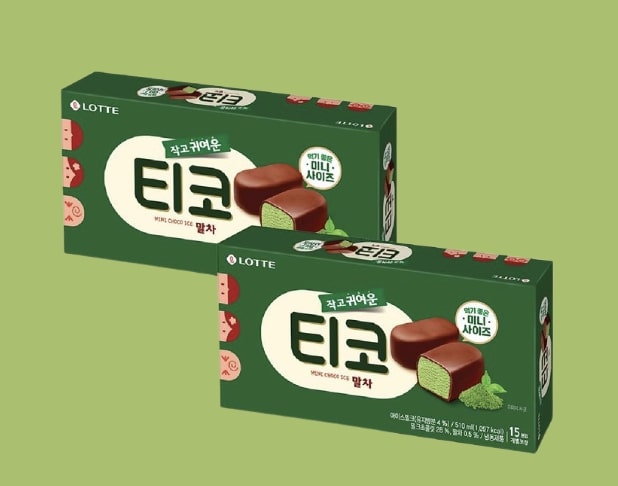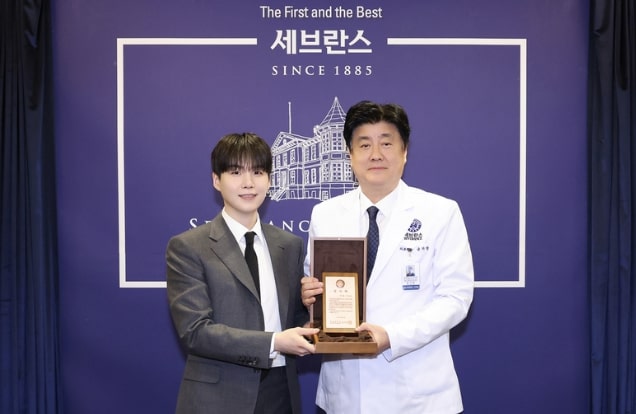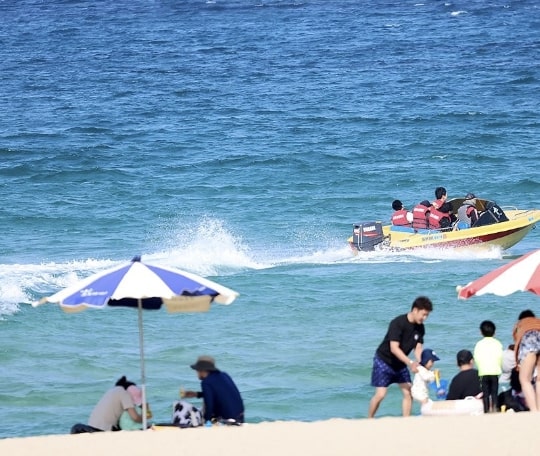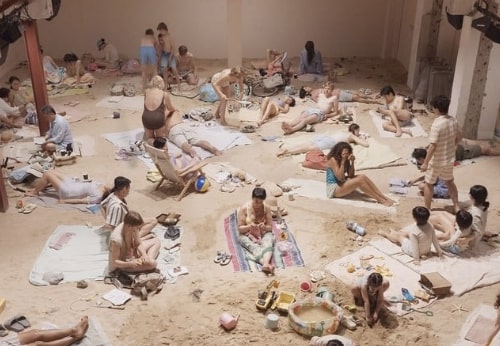
The Life of Korean Painter Lee Jung-seob Who Created Many Dynamic Paintings of Cows
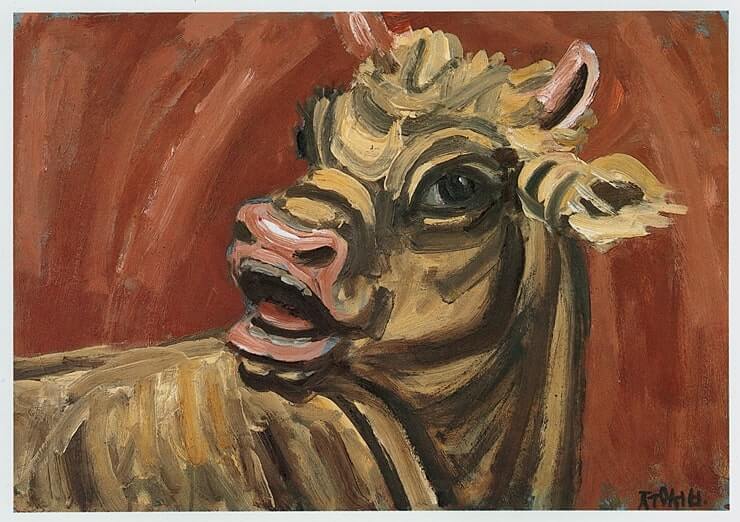
Lee Jung-seob was born in Pyongwon County, South Pyongan Province, in 1916
He attended Osan Higher Normal School, where he developed his dream of becoming a painter under the guidance of Lim Yong-ryun, an art teacher at the time.

The Painter Lee Jung-seob (1916-1956) With Many Names
The painter Lee Jung-seob (1916-1956) has been labeled with many names.
‘National painter’, ‘genius painter’, ‘lonely unfortunate artist’, and so on. This means that his life was turbulent and his artistic world was deep and wide.
He Traveled to Japan for College Education in 1936
In 1936, after graduating from high school, he traveled to Japan and enrolled in the Teikoku Art School in Tokyo, Japan, in 1936. In 1937, he moved to Bunka Gakuen University in Tokyo, which emphasized a free and innovative academic style, and graduated.

He Met His Love of Life in 1939
In 1939, he met and began dating Yamamoto Masako, a year his junior in the art department.
They were married in Wonsan, North Korea, in 1945, but the Korean War in 1950 changed their lives forever.
The family became refugees and traveled to Busan, then to Jeju Island, where they were forced to live in poverty in a room in Seogwipo, Jeju Island.
He Sent His Wife and Sons to Japan in 1952
Eventually, in June 1952, Jung-seob had to send his wife and two sons to Japan. He continued to write to his wife and sons, expressing his desperate love and longing for them.
Many of his letters were filled with pictures. They were full of love and longing for him as a husband and father.
The family, who looked forward to the day they would be reunited, never saw each other again as Jung-seob died four years later due to hepatitis.
Mrs. Yamamoto, who had only been with her husband for seven years, raised their two sons alone and passed away in 2022.
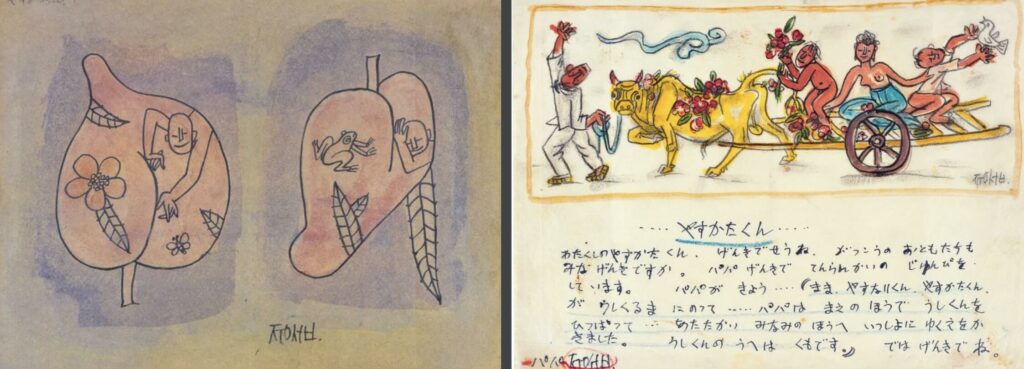
Jung-seob painted cows in particular
Jung-seob painted cows in particular. In his paintings, he captured his desire for Korean independence, which everyone can relate to, as well as his longing for his separated family and his idealized dreams.
His artistic spirit, which kept him creating despite the hardships of life, is the reason why many people still cherish and love this artist.


